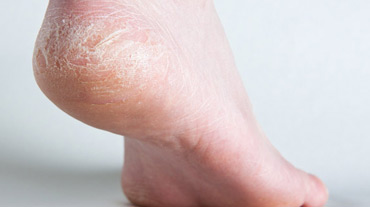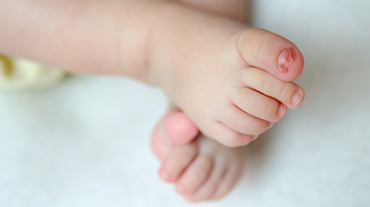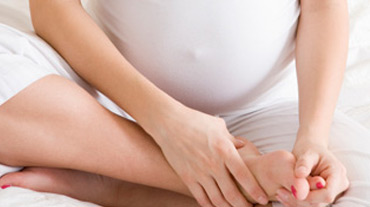Arthritis
Any joint in your ankles, feet and toes can be affected by arthritis. Many different types of arthritis can affect the feet and cause joint pain, swelling and stiffness making standing and walking painful. You may find your feet and/or toes change shape, making it harder to fit shoes.
Check out the two fact sheets below, from Arthritis Australia “Feet & Arthritis” and from the Australasian Podiatry Council “Feet & Aging”.
| Attachment | Size |
|---|---|
| 254.05 KB | |
| 145.14 KB |
Corns / Calluses
A callous is a diffuse area of thickened skin, whereas a corn is a concentrated area of thickened cells, which presses into the underlying skin. A corn may be described as being hard, soft, or vascular, depending on presentation.
The presence of corns indicates the occurrence of concentrated intermittent pressure, whereas, a callous generally arises where the skin is subject to frequent shearing forces
Callouses most frequently develop over the ball of the foot, and around the heels, whereas corns generally develop over the metatarsal heads, between the toes or on the tops of the toes if they are bent. If left untreated, the area of thickened skin may cause pain and disability. If the pressure is extremely intense, an area of breakdown with infection and possible ulceration may occur.
The podiatrist’s role is to:
- Remove the lesion, and
- Look at long term strategies to reduce the rate and size of lesion development. This may be achieved through the application of pressure deflective pads applied to the feet, or wedging placed within the footwear.
See also this fact sheet on Corns & Callouses
Fungal Infections
Fungal infections of the feet are common and frequently referred to as tinea or athlete’s foot. Outbreaks of the infection are most commonly seen
- Between the toes, and generally present as moist, and occasionally lifting skin
- On the soles of the feet, presenting as a dry, redness and diffuse scaling appearance
The clinical diagnosis of a fungal infection can usually be confirmed by microscopic examination of skin scrapings. The podiatrist will assist in the diagnosis of the infection by taking skin scrapings, suitable for microscopic examination. Advice regarding topical treatments will also be made.
Warts
Warts present as one of the most common viral infections of the skin and are caused by the human papilloma virus. Occasionally, the wart may be confused with a corn, but initial treatment of the lesion will help to identify the diagnosis. Warts may develop anywhere on the foot, and those that develop on the bottom, or plantar surface of the foot, are generally referred to as “plantar” warts.
Treatment will depend on the size, location and duration of the lesion. Debridement of the overlying callous , followed by applications of selected acids or caustic agents are generally the first line of treatment. Freezing the lesion also gives good results.



